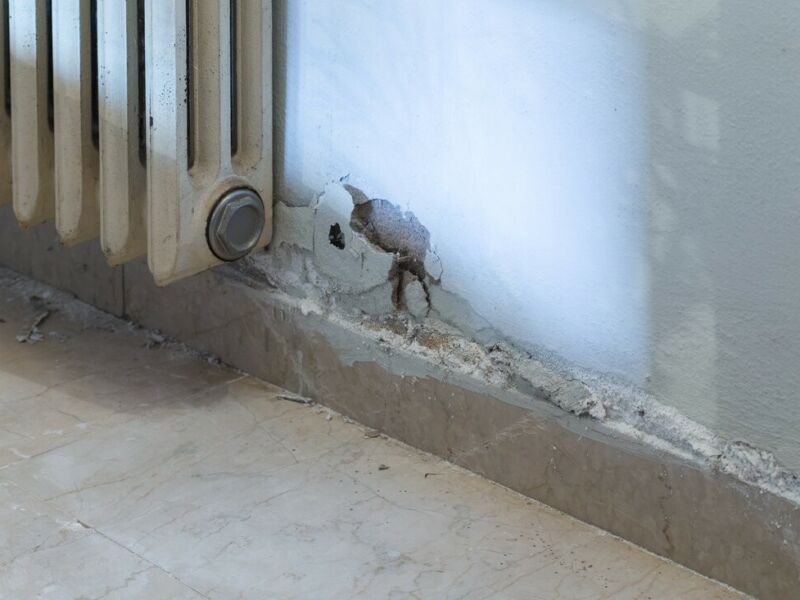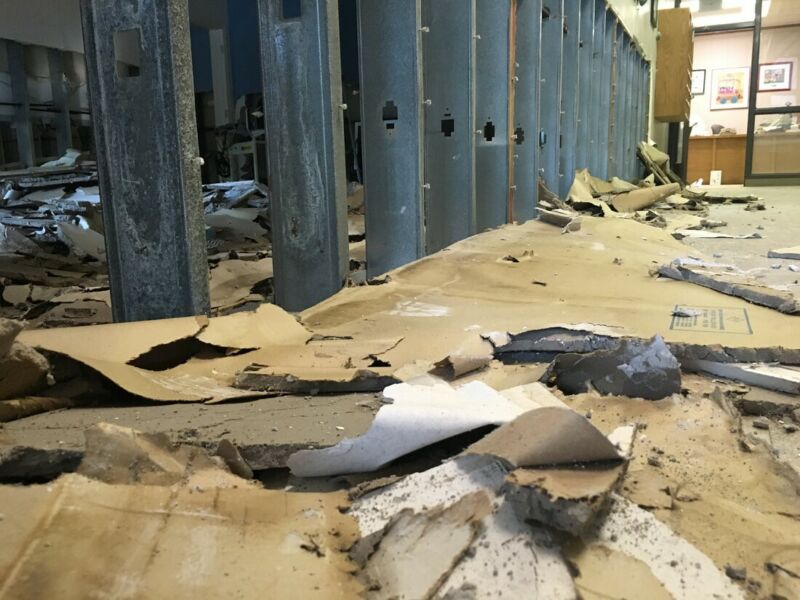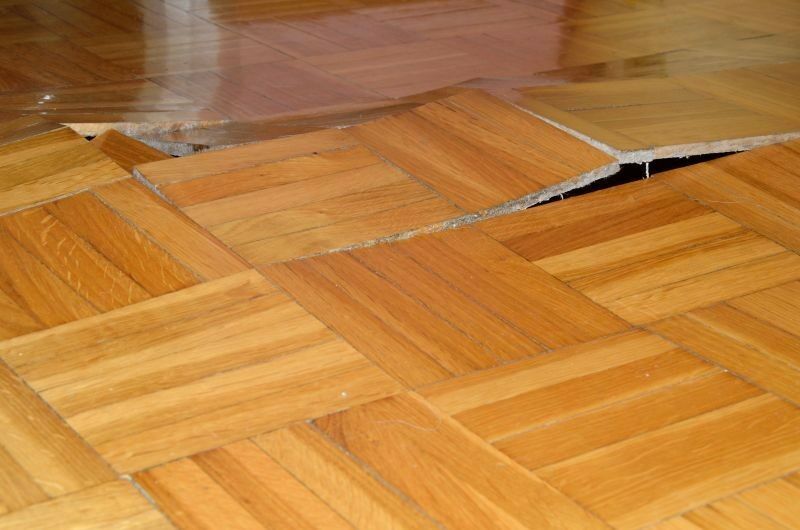
Introduction
Water damage is a common occurrence that can cause significant damage to homes and properties. In order to minimize the effects of water damage, it is crucial to understand the drying process. This article will provide an in-depth overview of the drying process in water damage restoration, its importance, and the steps involved.
The Importance of the Drying Process in Water Damage Restoration
The drying process is a critical component of water damage restoration as it helps prevent further damage to the property. If not addressed promptly and effectively, water damage can lead to structural issues, mold growth, and other long-term problems. By thoroughly drying the affected areas, restoration professionals can mitigate these risks and restore the property to its pre-damaged condition.
Understanding the Drying Process
1. Initial Assessment
When professionals arrive at the water-damaged property, they will conduct a comprehensive assessment to determine the extent of the damage. This includes identifying the source of water, categorizing the damage (clean water, grey water, or black water), and evaluating the affected materials and surfaces.

2. Water Extraction
The next step is to remove standing water from the property. Water extraction techniques, such as using pumps, wet vacuums, or specialized equipment, are employed to eliminate excess water.
3. Moisture Detection
After water extraction, moisture detection tools are used to identify hidden pockets of moisture within the structure. This is crucial as moisture trapped within walls, floors, or ceilings can cause further damage if left untreated.
4. Dehumidification
Dehumidifiers are then deployed to remove excess moisture from the air. This helps accelerate the drying process and prevents secondary damage, such as mold growth. Restoration professionals carefully monitor the humidity levels to ensure optimal drying conditions.
5. Air Movement
Air movers or fans are strategically placed to promote evaporation and improve air circulation. This helps speed up the drying process by directing moist air towards the dehumidifiers, allowing them to extract the moisture more efficiently.
6. Monitoring and Documentation
Throughout the drying process, professionals continuously monitor the moisture levels in the affected areas. This data is documented and used to track the progress of the drying process. It also helps determine when the property has been successfully dried, allowing for the next steps of restoration to begin.

FAQ
What is the purpose of the drying process in water damage restoration?
Why is moisture detection important in the drying process?
Important Facts and Statistics about Water Damage Restoration
- Approximately 1.6% of homes in the United States experience water damage in any given year.
- Minor leaks and drips can waste over 90 gallons of water each day, representing an average of 10% savings on water bills when fixed.
- Homes in the United States leak over one trillion gallons of water annually.
Additional Resources
For more information on water damage restoration, you may find the following resources helpful:
- Water Damage Restoration Collection Articles
- The Best Water Damage Restoration Services of 2023
- Water and Flood Damage Cleanup Guide
JGW Group Water Damage Restoration Las Vegas is a trusted provider of water damage restoration services. If you require assistance with water damage restoration, contact us at 725-240-0640 or visit our website for more information.



